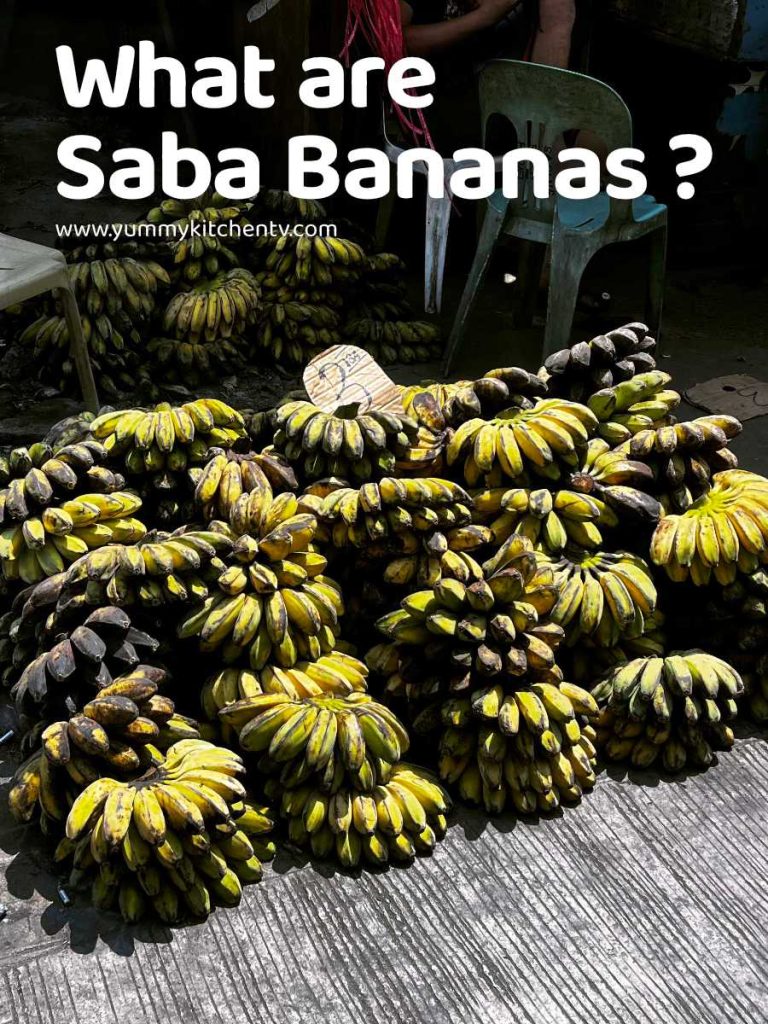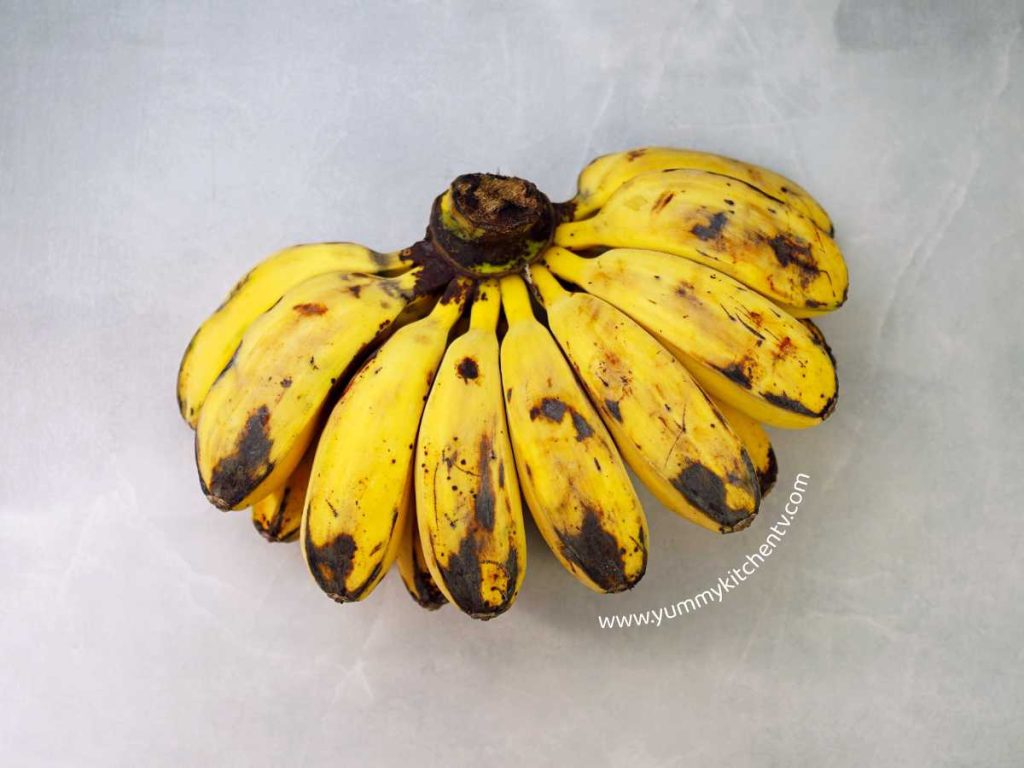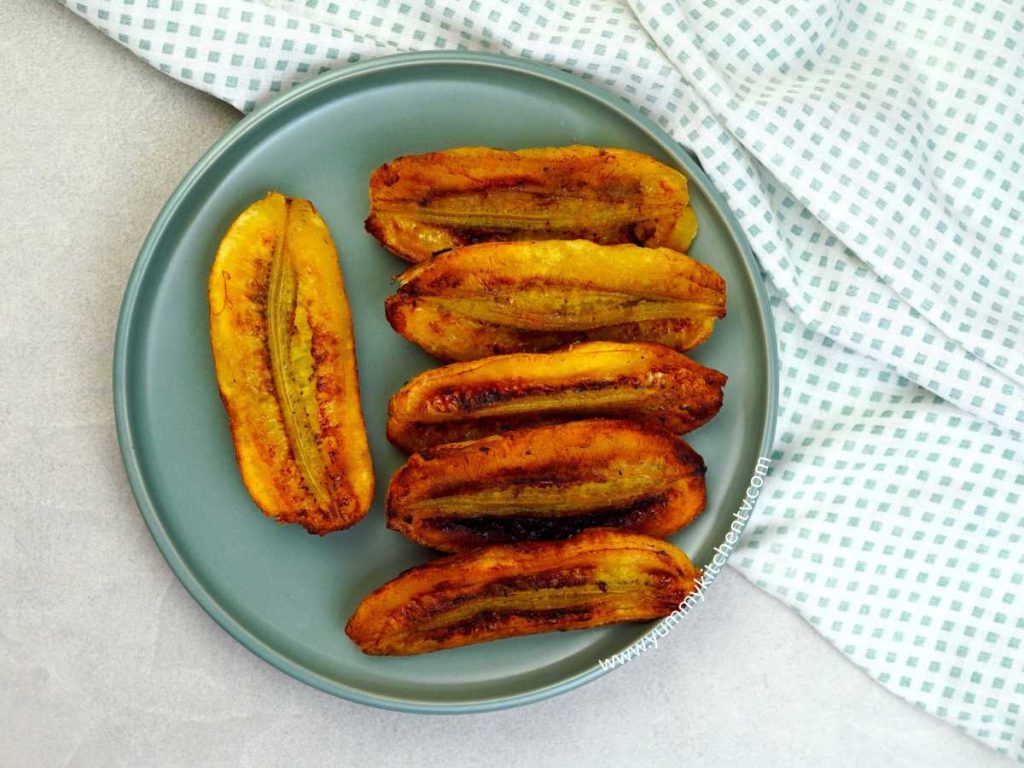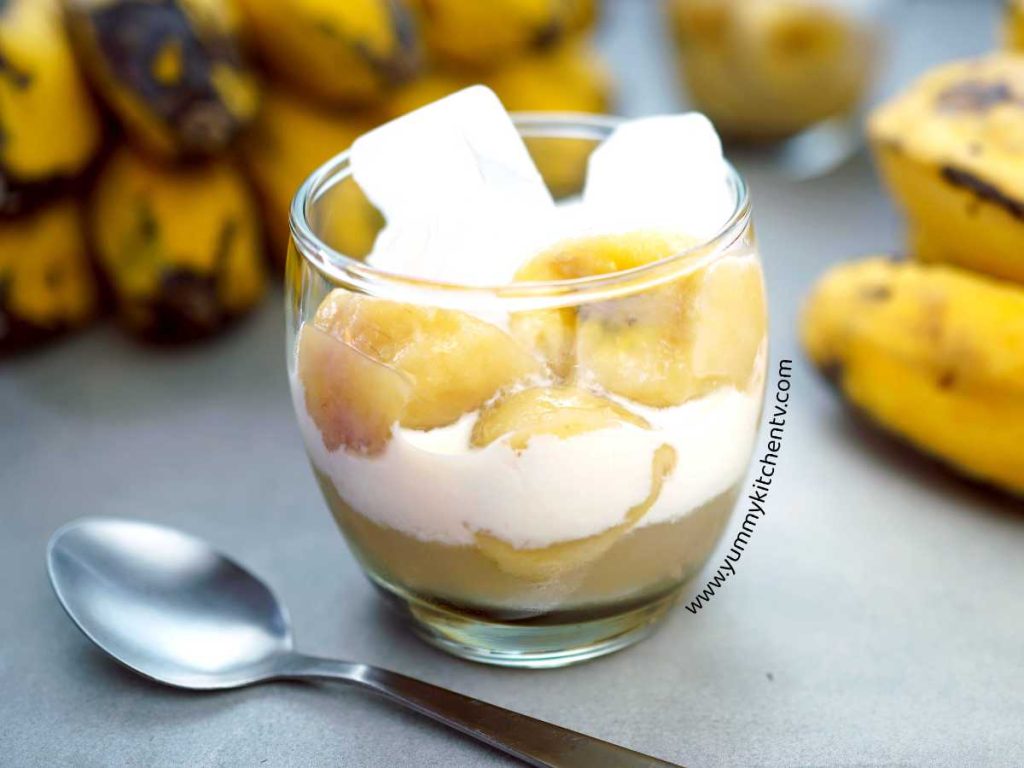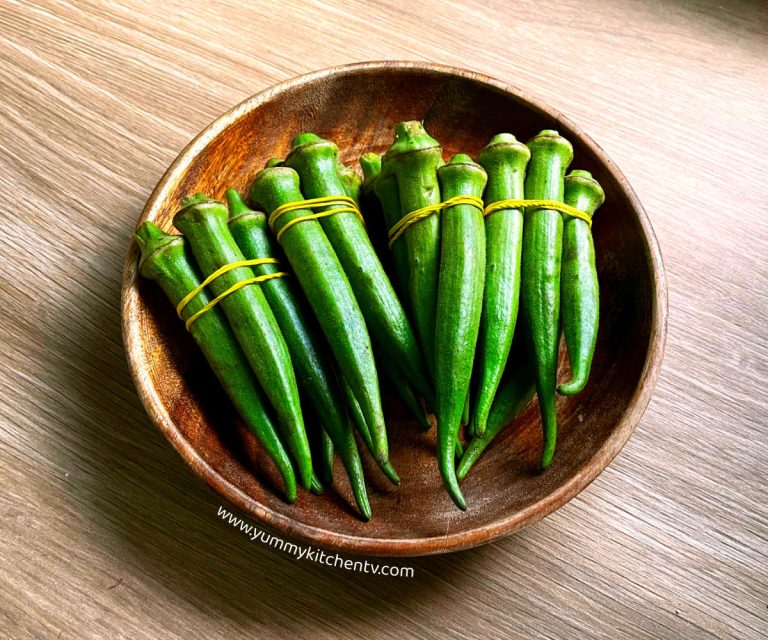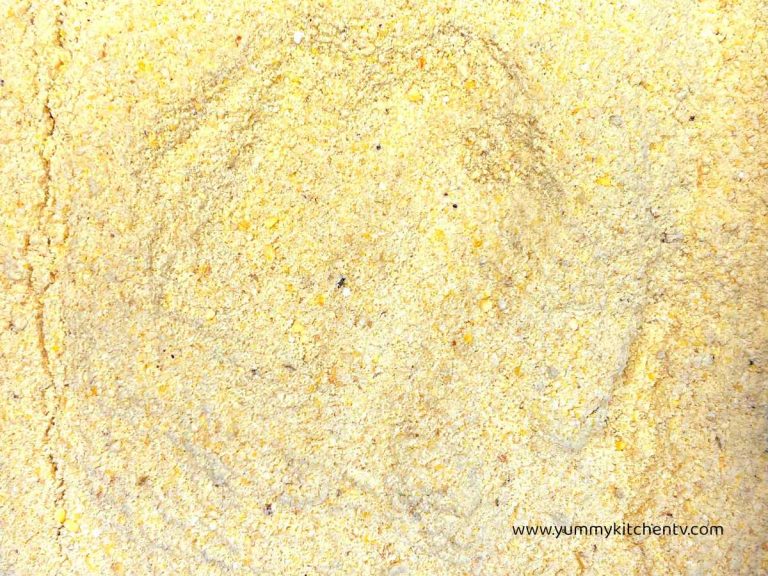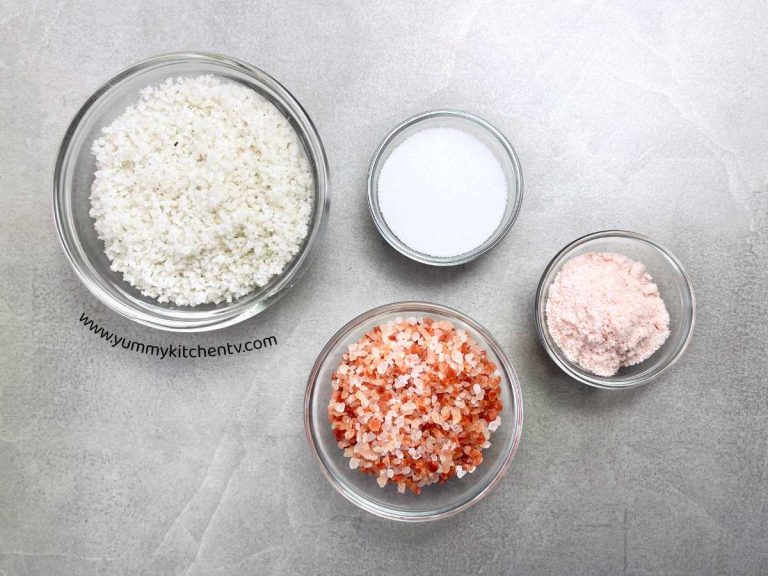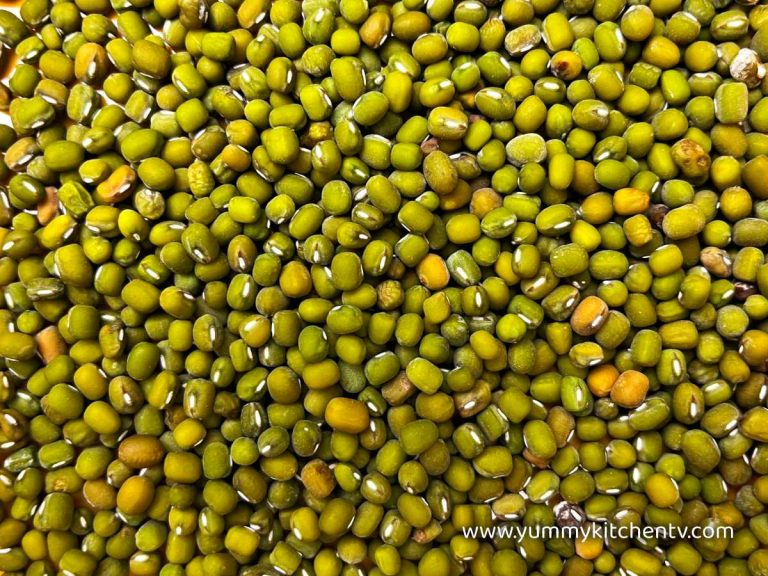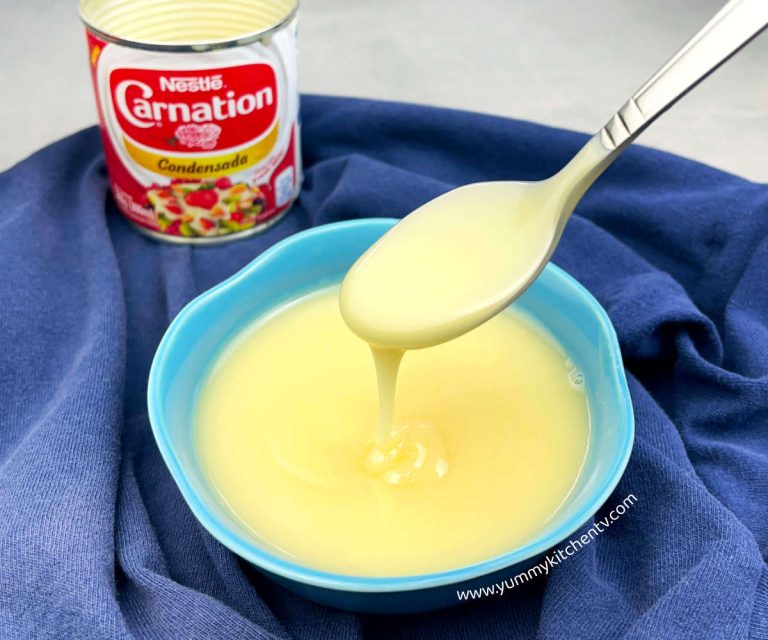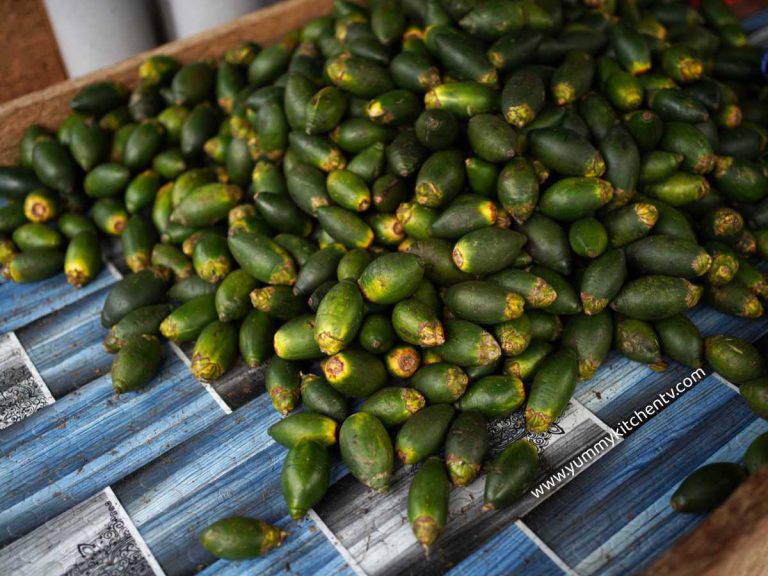Saba (banana)
Saba (banana) like any other banana is an elongated yellow fruit under the genus ‘Musa’ or ‘Musaceae Family’, and is one of the most important and most consumed fruit crops around the world. This tropical high fiber berry has a lot of potential health benefits, from maintaining heart health, blood pressure, gut, or mood. Eaten raw, fried, baked, mixed into many traditional and modern dishes. But what makes this Saba Banana, a cultivar originating from the Philippines so fascinating?
Saba (banana) Origins
Saba banana in English is called just ‘Saba’ sometimes ‘Sweet plantain’, ‘Papaya banana’, ‘Compact Banana’, or ‘Cardaba Banana’. The Philippine Saba banana’s scientific name is “Musa acuminata x balbisiana”, belonging to the Saba subgroup similar to the Cardava cultivar. In other countries these are called ‘Pisang Abu Nipah’ in Malaysia, ‘Kluai Hin’ in Thailand, and ‘Pisang Kepok’ in Indonesia.
A short Saba banana description: The Saba (banana) trees can reach a height of 6 to 9 meters, with trunks having a diameter of 3 feet, and common long thick dark green banana leaves. Growing 16 pieces of saba in each bunch, this type of variety is thick and chunky looking with a slightly curved body, and angled edges. Each piece has a length of either 7 to 13 centimeters. The skin color is mossy green flecked with brown spots, with a very firm leathery-rubbery texture when unripe, that turns yellow and a bit softer in texture when ripened. The flesh is typically cream or almost ivory with a hint of yellow tinge, has a few almost unnoticeable dots of seeds in the middle. The taste is atypical of a usual banana but sweeter almost like a dessert since the texture when ripened is also softer. Available all year round, these are eaten as is, cooked till it’s soft adding sugar to make it even sweeter, make it into a a simple dessert with the addition of ice and milk, or into ‘saba con yelo’ from the sweetened saba with the addition of shaved ice and evaporated milk, fried ‘Banana-que’ a sugar coated banana close to that of a a tanghulu ( a sugar coated candied fruit from China), or a filling option for ‘turon’ banana and langka(jackfruit) wrapped in lumpia wrappers, a popular go-to Filipino snack.
While not as well known outside the Philippines or Southeast Asia compared to Plantains or Cavendish bananas. This versatile banana, being an important part of Philippine cuisine, is slowly gaining recognition especially in the dessert world for its creamy texture and natural sweetness when cooked. You can now find them eaten or added to sauces (the banana ketchup for example), and dishes like stews, curries, soups, and as a sweeter banana replacement for other varieties.
Saba banana health benefits
A short introduction to Saba banana nutrition facts; a total of 0 fats and cholesterol, 2 grams of fiber and protein, 9 grams of sugar, with just a total of 110 Saba banana calories. Does this mean that the saba banana is great for diets? This hybrid banana is packed full of vitamin and nutrients that aids the body, especially the stomach, to function better. As such it helps the your body’s system with the following:
- Saba banana is beneficial to those with diabetes. Because it has natural sugar and has a low glycemic index, it helps regulate your blood sugar levels.
- Boost your immunity, it provides for the body’s daily 40% of Vitamin C per serving.
- Aids in digestion and weight loss. With a concentrated amount of dietary fibers these speeds up the body’s metabolism and keep you from having constipation, which in turn reduces the risk gastrointestinal issues and ulcers.
- Prevents stroke. A potassium rich fruit that keeps the arteries and blood vessels from straining. This avoids possible problems like heart attacks, stroke, or atherosclerosis.
- Has high levels of iron that stimulates blood circulation that quickens the delivery of oxygen to the areas that need the most resources.
* How many saba bananas can I eat a day? While there is no rule to one’s diet, 1 to 2 pieces a day are enough for the body to produce enough energy without causing any problems.
Saba banana vs Plantain
- Closely related but are still different visually and taste-wise. Both bananas have ABB genetics making them triploids in shape. Though Plantains are less angular.
- Plantains are usually longer and firmer even when ripe, compared to Saba (bananas) which have a short stocky body and are softer and sweeter when ripened.
- Plantains are mild in taste making them great to add to many savory dishes. Saba (bananas) are quite sweet and are usually added to many desserts or dishes as a natural sweetener.
How to cook Saba Bananas ?
- Ginataan – a dish where the main meat or fruit is simmering in a savory or sweet coconut based stew till it’s soft, cooked, with all the flavors infused together. Desserts with this creamy sweet delicate base include Ginataang Halo-halo, and Ginataang Mais.
- Saba banana chips – a quick and easy to do snack you can make with just 5 ingredients, great for parties or if you’d like to start up a small business.
- Minatamis na Saging – a summer Saba banana recipe favorite that kids and adults love. Sweetened ripe bananas, sweet potatoes, white tapioca pearls, sugar, vanilla, water and a hint of salt to taste.
- Banana Rhuma – a mini turon, great as a finger food at gatherings or small get togethers. Crispy lumpia wrappers drizzled with a fruity caramel-cinnamon rum sauce, and sesame seeds that cover up the sweet and tender saba banana.
- Banana Fritters – bananas mashed with eggs, sugar milk, flour, salt, baking soda, and vanilla extract, fried like a pancake, dusted with sugar. Nothing gets better than this quick and easy snack.


